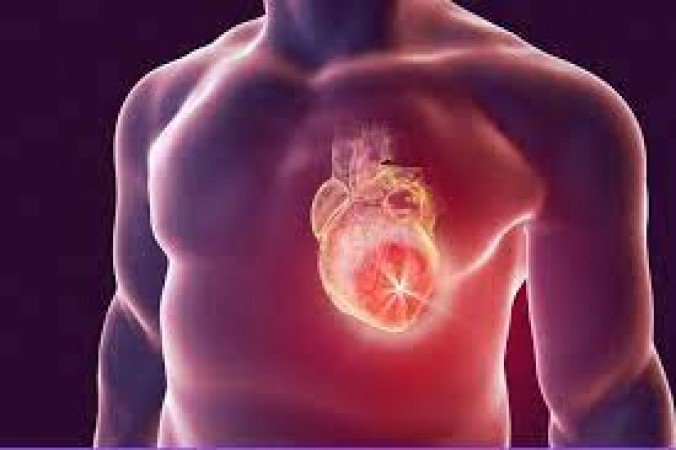Cardiac arrest and heart attack are two serious medical conditions that often cause confusion due to their similar-sounding names. However, it's essential to understand that they are distinct events with different causes, symptoms, and outcomes. In particular, cardiac arrest poses a significantly greater immediate risk, often leading to sudden death, while a heart attack involves a blockage in blood flow to the heart. Let's delve into the nuances of each condition to gain a clearer understanding.
Cardiac Arrest: A Swift and Deadly Event
Definition
Cardiac arrest occurs when the heart suddenly stops functioning, leading to a cessation of blood flow to vital organs and tissues.
Causes
- Arrhythmias: Irregular heart rhythms disrupt the heart's ability to pump blood effectively.
- Heart Conditions: Underlying heart diseases such as coronary artery disease can predispose individuals to cardiac arrest.
- Electrolyte Imbalance: Abnormal levels of electrolytes in the blood can disrupt the heart's electrical impulses.
- Trauma: Severe trauma or injury can also trigger cardiac arrest.
Symptoms
- Loss of Consciousness: The affected individual may suddenly collapse and become unresponsive.
- Absence of Pulse: Upon examination, there will be no detectable pulse.
- No Breathing: Breathing may cease entirely.
Treatment
Immediate intervention is critical:
- CPR (Cardiopulmonary Resuscitation): Administering chest compressions and rescue breaths can help maintain blood flow until medical help arrives.
- Defibrillation: Delivering an electric shock with a defibrillator can restore normal heart rhythm.
- Emergency Medical Care: Prompt medical attention is necessary to assess the underlying cause and provide appropriate treatment.
Prognosis
Without prompt intervention, cardiac arrest can be fatal within minutes.
Heart Attack: An Obstruction in Blood Flow
Definition
A heart attack, or myocardial infarction, occurs when blood flow to a part of the heart is blocked, typically by a blood clot.
Causes
- Coronary Artery Disease: The most common cause, where plaque buildup narrows the coronary arteries.
- Spasm: Sudden constriction of a coronary artery can also lead to a heart attack.
- Embolism: Blood clots originating elsewhere in the body can travel to the coronary arteries and cause blockages.
Symptoms
- Chest Pain or Discomfort: Often described as pressure, squeezing, or tightness in the chest.
- Shortness of Breath: Difficulty breathing may accompany chest discomfort.
- Nausea, Indigestion, or Vomiting: Some individuals may experience gastrointestinal symptoms.
- Cold Sweat: Profuse sweating unrelated to physical exertion.
Treatment
- Medications: Aspirin, clot-busting drugs, and other medications to alleviate symptoms and dissolve clots.
- Angioplasty and Stenting: Procedures to widen narrowed arteries and restore blood flow.
- Thrombolytic Therapy: Administration of clot-busting drugs to dissolve the blockage.
Prognosis
Prompt treatment can limit the extent of heart damage and improve outcomes. While both cardiac arrest and heart attack are serious medical emergencies, it's crucial to recognize the critical distinctions between them. Cardiac arrest is a sudden and often fatal event resulting from the heart's cessation of function, while a heart attack involves a blockage in blood flow to the heart. Understanding the symptoms and appropriate responses to each condition can significantly improve the chances of survival and recovery in affected individuals.
Why Are Women at Risk of Autoimmune Diseases?
MG Motor India: MG Motor released 2024 price list for the entire lineup, new variant of ZS EV also introduced
Cross breed Tesla car seen in India, pictures went viral on social media
